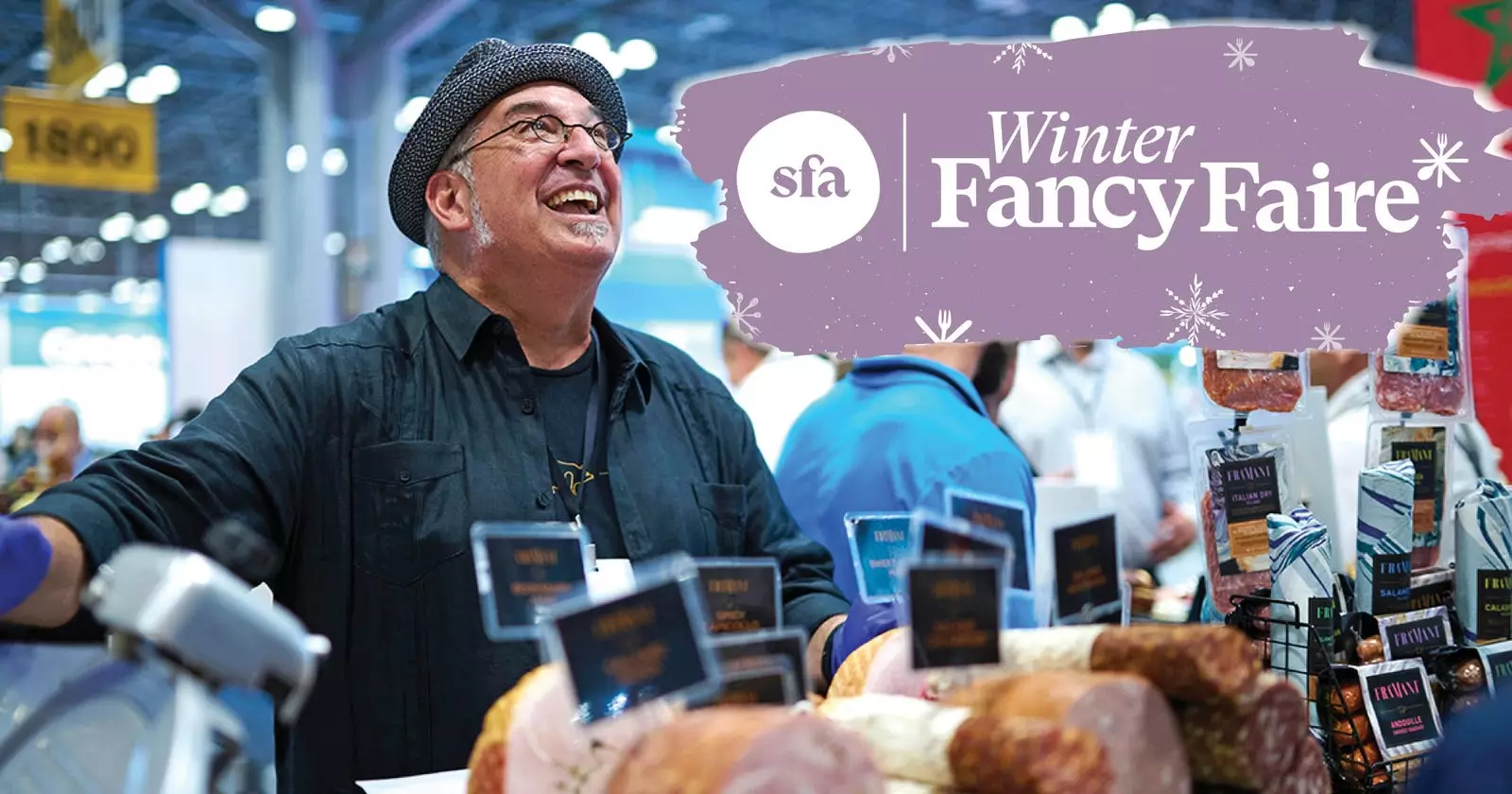The Specialty Food Association (SFA) is embarking on a transformative journey as it bids adieu to the longstanding Winter Fancy Food Show, a staple of the specialty food industry for nearly fifty years. With its shift towards the newly conceived Winter FancyFaire, set to launch in California in January 2026, the SFA aims to redefine the landscape of food exhibitions. This article explores the implications of this change, the reasons behind it, and what attendees can expect from the upcoming event.
After decades of successful operation, the Winter Fancy Food Show will be replaced by the Winter FancyFaire, which is scheduled to take place from January 11 to 13, 2026, at the San Diego Convention Center, with future plans to rotate to San Francisco. This transition signals a significant shift in strategy to create a more engaging and experiential atmosphere. The SFA’s President, Bill Lynch, highlights this evolution as a strategic move aimed at celebrating innovation and fostering deeper connections within the industry. The decision to return to California — known for its concentration of specialty food buyers — reflects a keen awareness of regional dynamics that can influence attendee engagement and product exposure.
The Winter FancyFaire seeks to overhaul the traditional trade show model by introducing a wealth of interactive experiences, including curated food halls and culinary campuses. One notable feature is an “Ask the Experts” station reminiscent of Apple’s Genius Bar, where attendees can connect with industry specialists covering vital topics such as marketing techniques, packaging innovations, and social media strategies. This emphasis on accessibility of knowledge is designed to empower participants, enabling them to gain insights that can translate into actionable strategies for their brands. By promoting a more immersive atmosphere, the SFA is not just selling exhibition space; it’s creating a community.
One of the critical challenges facing many brands in the specialty food sector today is the financial strain of participating in trade shows. Recognizing this obstacle, the Winter FancyFaire introduces lower-cost participation options, offering tabletop booths and day passes to facilitate access for smaller brands, particularly those within the rapidly evolving direct-to-consumer landscape. By lowering participation costs significantly — with a standard 10×10 booth traditionally costing around $3,500-$4,000 — the SFA hopes to support a wider array of exhibitors. This shift mirrors efforts made by other food and beverage trade organizations in recent years that have faced similar competitive pressures and economic headwinds.
The U.S. specialty food sector has shown explosive growth over the last decade, boasting an impressive $207 billion in total sales in 2023. However, despite this overall upward trajectory, many emerging brands continue to struggle against intensified market competition and economic challenges. Lynch points to the burgeoning trends in snacking, global flavors, and healthier food options. Non-alcoholic beverages and functional foods, particularly those that resonate with younger consumers, are gaining traction and will likely take center stage at the Winter FancyFaire. By showcasing these trends, the event also serves as a platform for innovation, allowing brands to position themselves at the forefront of consumer desires.
Building Trust and Ensuring Safety
Transitioning to a new event format carries inherent risks, primarily concerning trust among the SFA’s member companies. With around 4,000 members, maintaining confidence and loyalty during this transitional phase is paramount. Lynch acknowledges potential concerns regarding attendee safety, especially in urban locations like San Diego and San Francisco. The SFA has committed to thorough preparations, enlisting staff to evaluate venues and conduct on-the-ground assessments to ensure a safe and enjoyable experience for all participants.
The metamorphosis from the Winter Fancy Food Show to Winter FancyFaire represents more than just a name change; it encapsulates an evolution in how the specialty food industry approaches networking, education, and community building. As the SFA takes this bold step forward, it remains committed to embracing innovation while ensuring that all participants have the opportunity to thrive. This new chapter is not merely about adapting to market pressures but is a proactive stride toward cultivating a more vibrant and connected specialty food community. The upcoming Winter FancyFaire is poised to set a new standard in food exhibitions, one that values accessibility, innovation, and a truly enriching experience for all involved.

